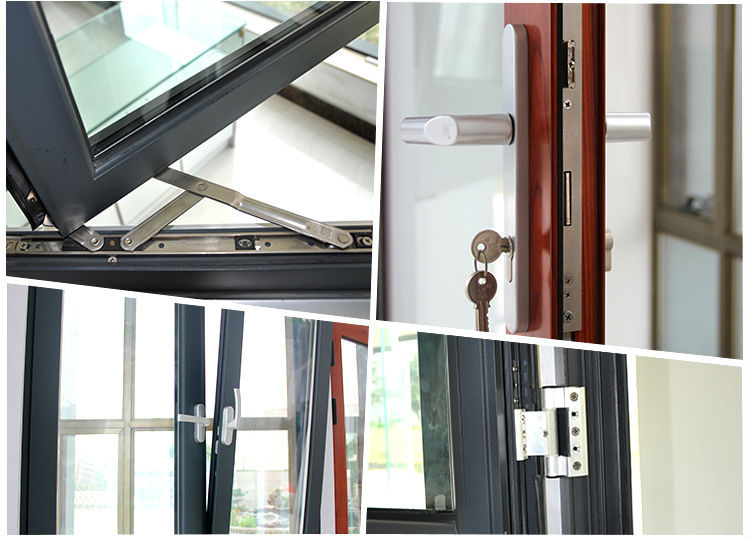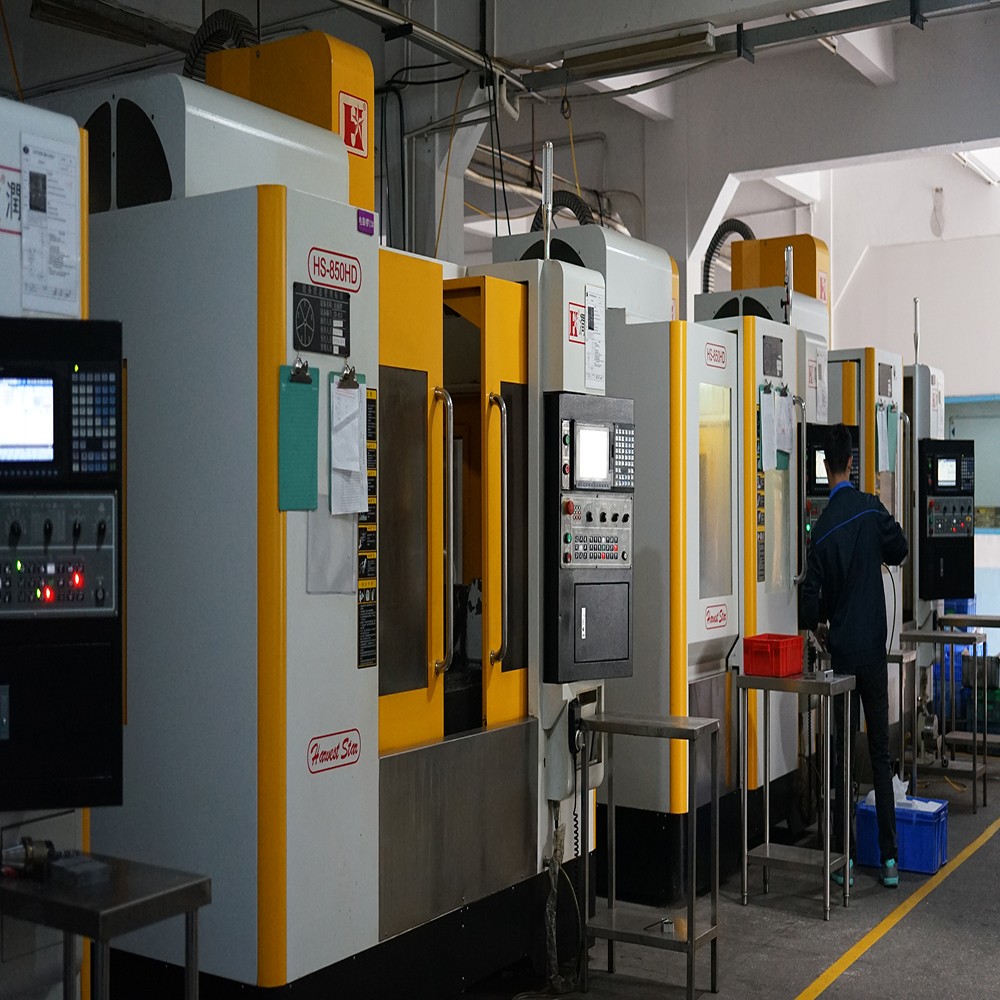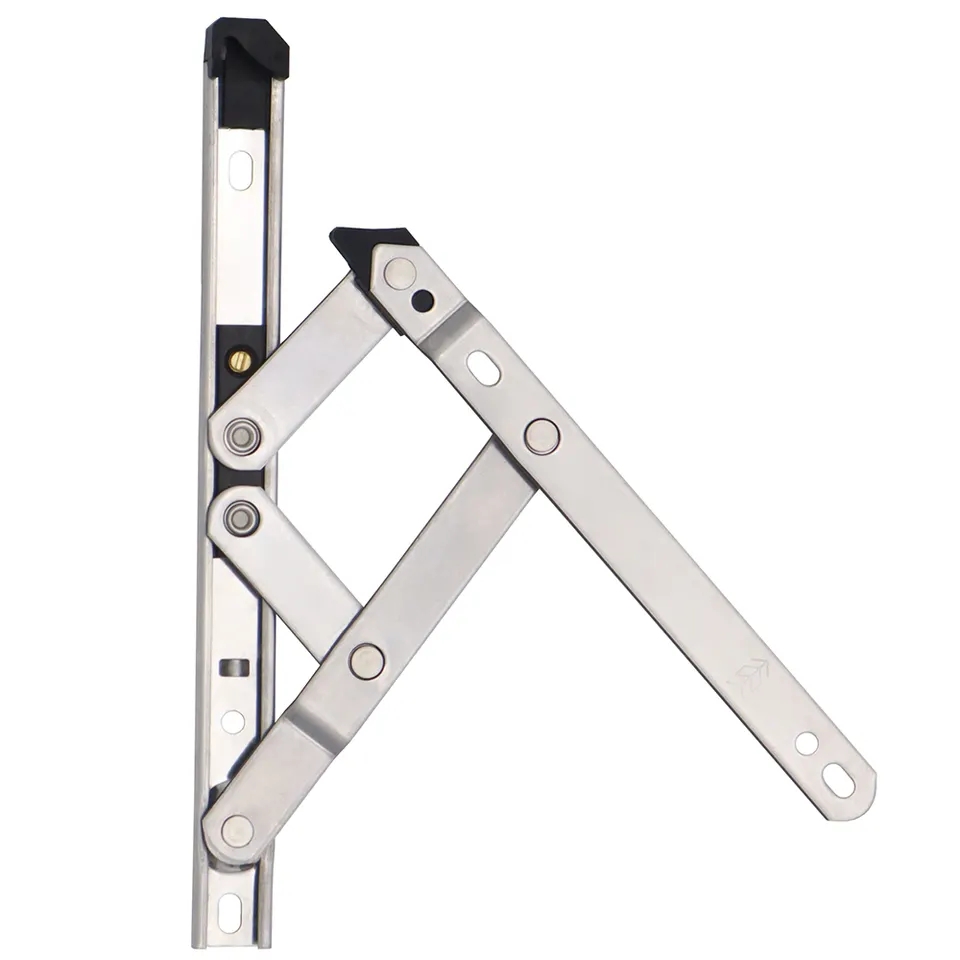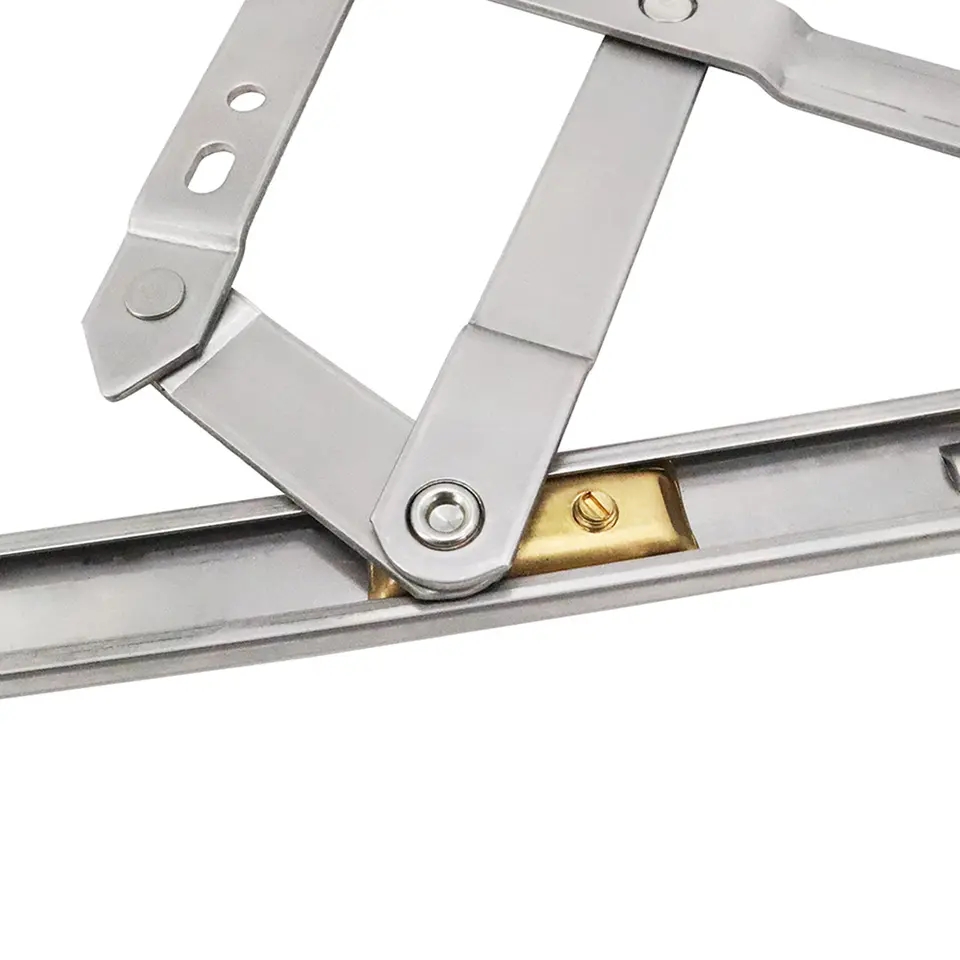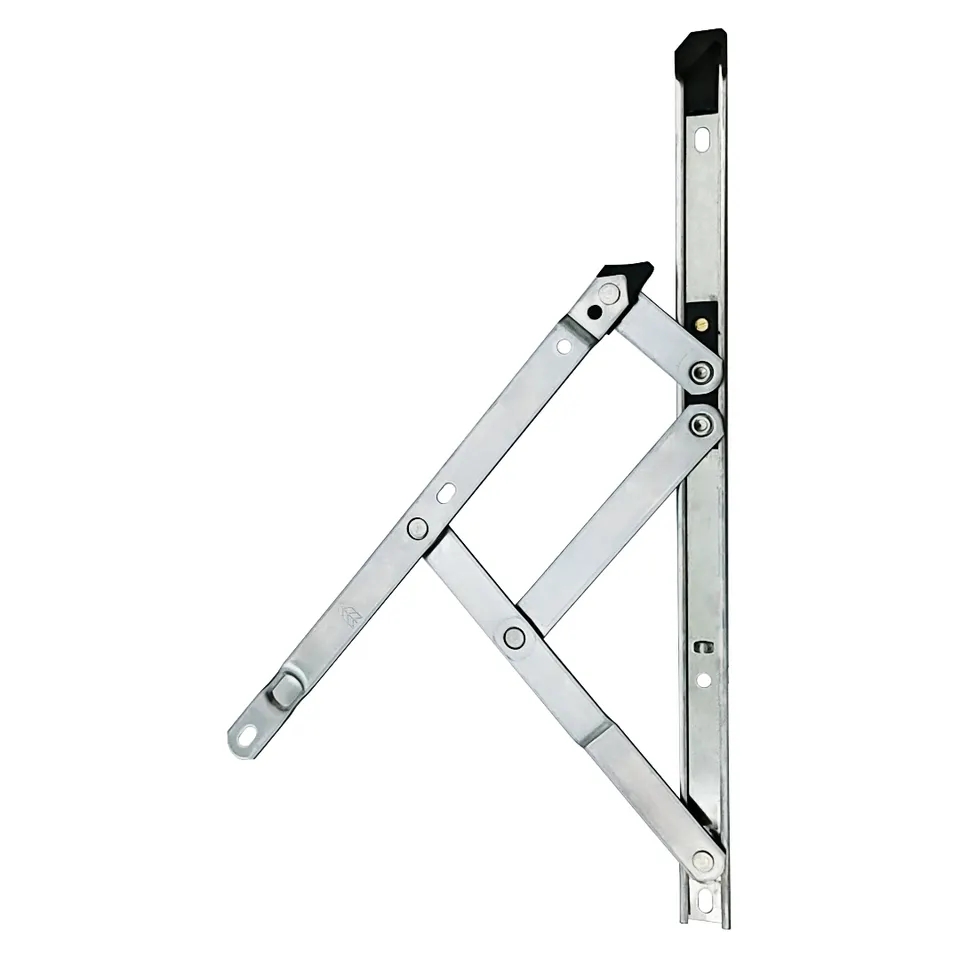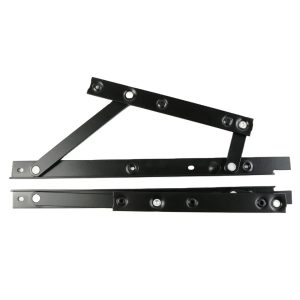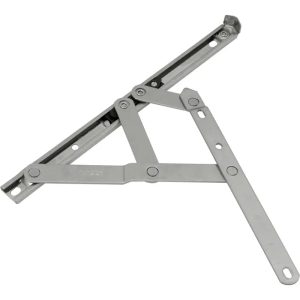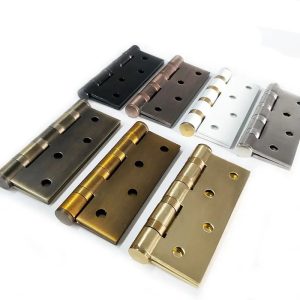Window Hinges: Melding Aesthetics and Functionality in Architectural Design
Introduction
In the realm of architectural creation, where beauty meets purpose, window hinges emerge as the connectors of aesthetics and functionality. These unassuming yet indispensable elements play a pivotal role in shaping the visual appeal and operational efficiency of buildings. This article delves into the intricate interplay between aesthetics and functionality within the realm of window hinges.
Aesthetic Elevation
Window hinges transcend their mechanical purpose, serving as aesthetic enhancers. Architects can choose hinges that complement the architectural style, seamlessly integrating them into the overall design. From ornate hinges that evoke historical charm to sleek, minimalist hinges that align with modern sensibilities, these components elevate architecture from the mundane to the extraordinary.
Crafting Architectural Narratives
Window hinges tell stories within the larger architectural narrative. Their design can evoke eras of the past or pave the way for futuristic visions. Ornamental motifs hark back to historical craftsmanship, while contemporary designs embody a sense of innovation. Architects wield these hinges to weave threads of history, culture, and innovation into the fabric of their creations.
Symphony of Movement
Window hinges are conductors of architectural movement. They orchestrate the rhythm of openings and closings, inviting inhabitants to interact with their surroundings. A hinge’s pivot can denote an entry into serenity, while a sliding motion can symbolize a connection to the bustling outside world. This symphony of movement adds a dynamic dimension to architecture.
Sculpting Visual Harmony
Window hinges contribute to the visual harmony of spaces. Their design and finish can either blend seamlessly with the surroundings or become focal points that draw the eye. Architects employ hinges as artistic tools, shaping how occupants perceive and experience the aesthetics of a room.
Mechanical Poetry
Behind the poetry of architectural aesthetics lies the mechanics of window hinges. Engineers meticulously engineer hinges to ensure durability, smooth operation, and load-bearing capacity. The mechanical precision of these components transforms them into functional works of art that stand the test of time.
Security and Elegance
Modern hinges integrate security features while maintaining elegance. Advanced locking mechanisms and anti-tamper designs provide a sense of security without compromising design aesthetics. This marriage of security and elegance ensures that buildings are not only visually pleasing but also safe havens.
Eco-friendly Integration
Window hinges contribute to eco-friendly design by enabling natural ventilation and energy-efficient strategies. Architects position windows strategically, leveraging hinges to create airflow pathways that reduce reliance on mechanical systems, enhancing both environmental sustainability and occupant well-being.
Future Outlook
As architecture evolves, so will window hinges. Advancements in materials, smart technology integration, and sustainable design practices will shape the hinges of the future. These hinges will continue to bridge the gap between beauty and function, underscoring the ever-evolving dialogue between architecture and innovation.
Conclusion
Window hinges are the threads that weave together the tapestry of architectural aesthetics and functionality. Their seamless integration into design narratives transforms them into more than just hardware – they become symbols of creative thought, engineering excellence, and the union of beauty and purpose. Architects, in their partnership with window hinges, craft spaces that inspire, engage, and transcend the boundaries of conventional design.
